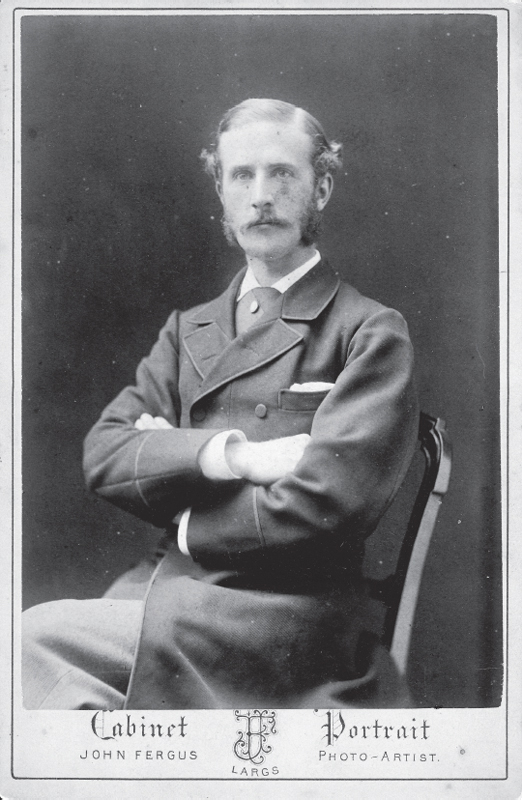
AGD’s father, Dr James Denniston. (Denniston Family)

AGD’s father, Dr James Denniston. (Denniston Family)
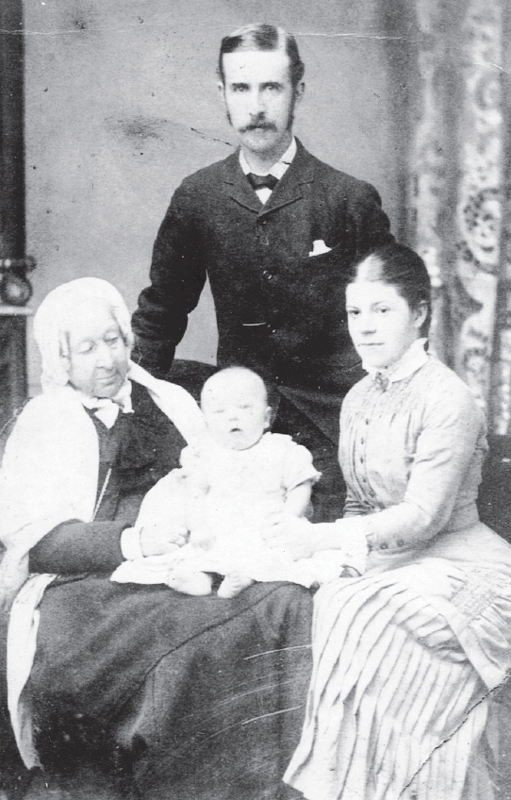
AGD with his parents and grandmother who lived until 103. (Denniston Family)
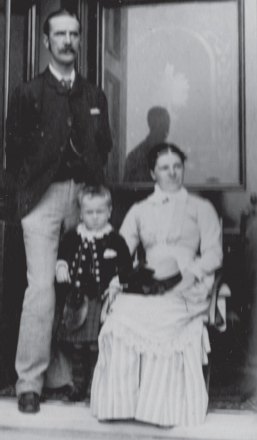
AGD with his parents at their home in Bowden, Cheshire. (Denniston Family)
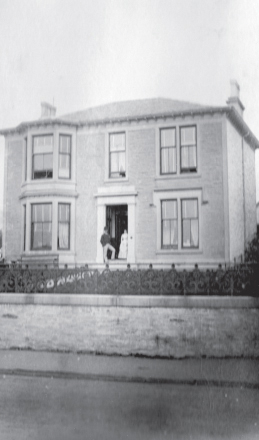
AGD’s family home in Bowden, Cheshire. (Denniston Family)
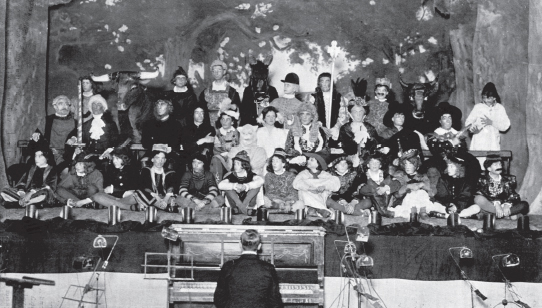
AGD (sitting middle row, second from right) playing one of two villains in a production of Dick Whittington at the Royal Naval College, Osborne, Isle of Wight, in 1911. (Courtesy of the Britannia Royal Naval College, Dartmouth)
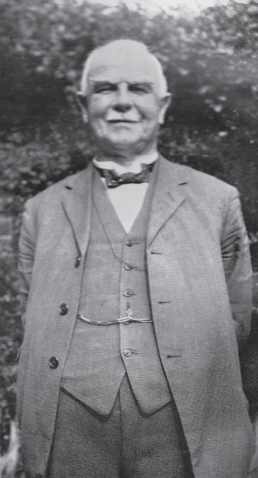
Sir Alfred Ewing, the ‘Father’ of Room 40 and the man who began AGD’s Sigint career. (Ewing Family)
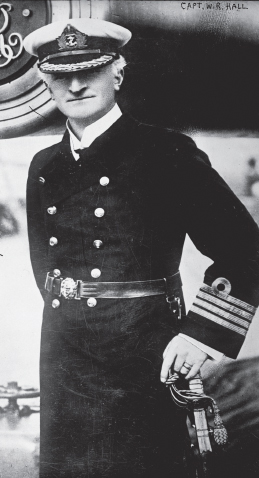
Admiral Sir Reginald ‘Blinker’ Hall. DNI for most of World War One and the man who brought the U.S. into it. He backed AGD’s appointment as Head of GC&CS. (Crown ©. Reproduced by kind permission of Director GCHQ)
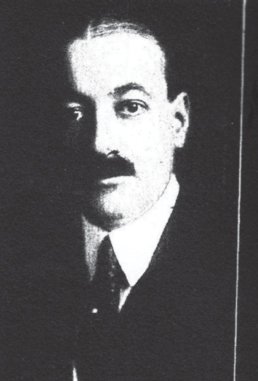
Edward Bell, Second Secretary in the U.S. Embassy in London during World War One, played a key role in the release of the Zimmermann telegram. (Virginia Surtees)
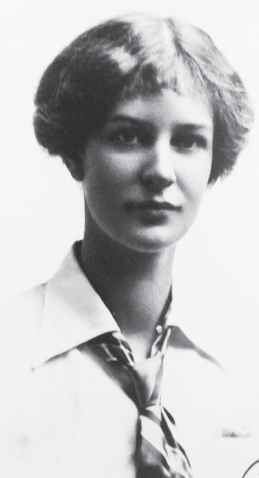
A young Dorothy Denniston, née Gilliat, AGD’s wife. (Denniston Family)
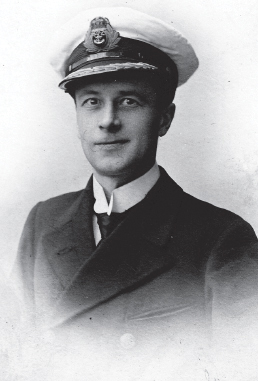
AGD in naval uniform in 1918, aged 35 and shortly before he married Dorothy. (Denniston Family)
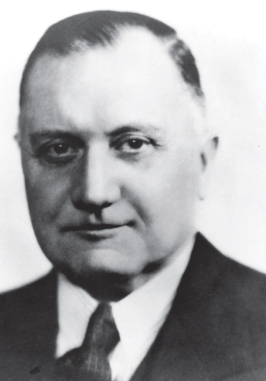
Admiral Sir Hugh ‘Quex’ Sinclair, Chief of the SIS from 1923-1939. He became Director of GC&CS and AGD’s boss until his death in November 1939. (Public Domain)
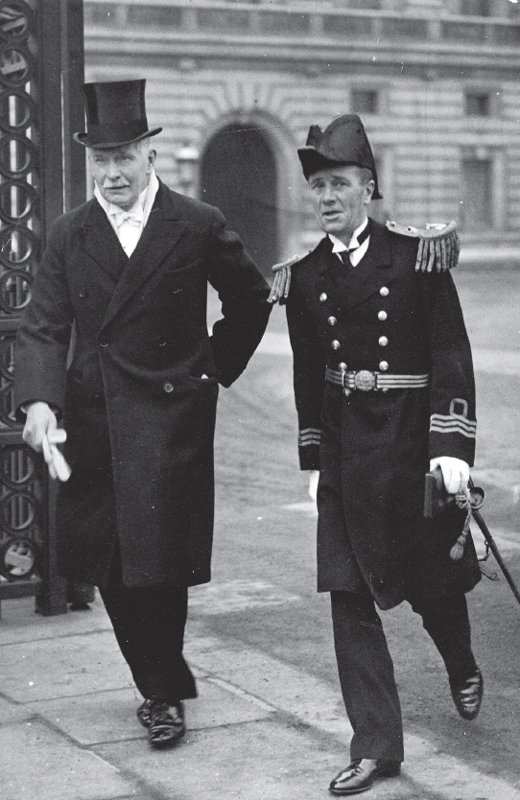
AGD leaving Buckingham Palace after being invested with the insignia of the CBE on 2 January 1933. (Denniston Family)
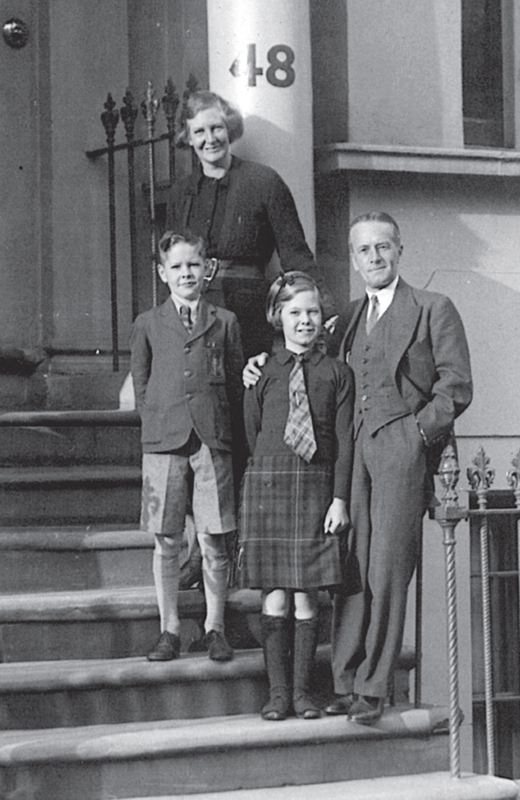
AGD and Do with their children Robin and Margaret (‘Y’) outside their home at 48 Tedworth Square, London, Christmas 1936. (Denniston Family)

AGD’s wartime passport photograph. (Denniston Family)

AGD’s 1939 passport showing his Polish visa for the Pyry Conference. (Denniston Family)
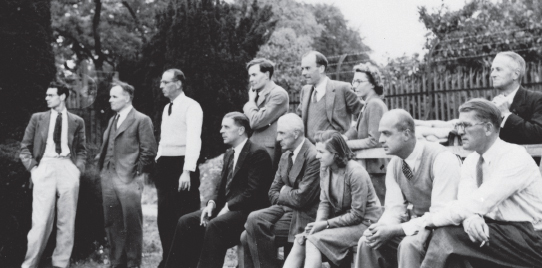
Bletchley Park staff watching a rounders match circa 1940/41. Seated (left to right) are E.M. Smith, Edmund Green, Barbara Abernethy, Patrick Wilkinson, Alan Bradshaw; standing (left to right), Philip Howse, Stephen Wills, Captain W.H.W. Ridley, John Barns, George McVittie, Marjorie de Haan, AGD. (Bletchley Park Trust)
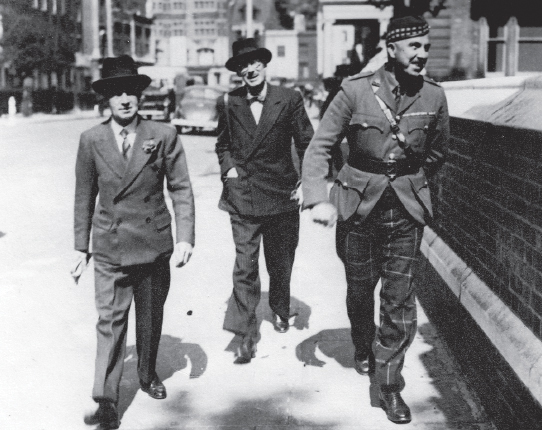
AGD (left) during World War Two with Professor E.R.P. Vincent, Naval Section’s Chief Italian cryptanalyst, and Colonel John Tiltman (right), Head of Army Section and BP’s Chief cryptanalyst from mid 1941. (Crown ©. Reproduced by kind permission of Director GCHQ)
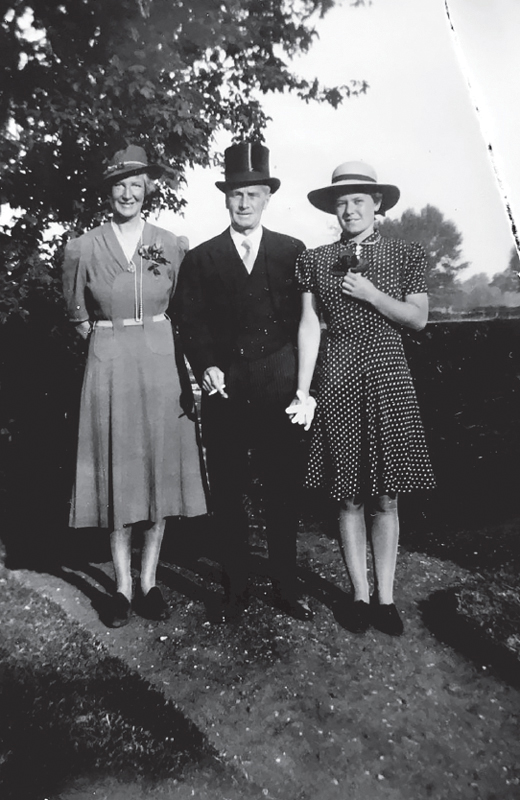
AGD with Dorothy and daughter ‘Y’ en route to Buckingham Palace on 12 June 1941 to receive his CMG. (Denniston Family)
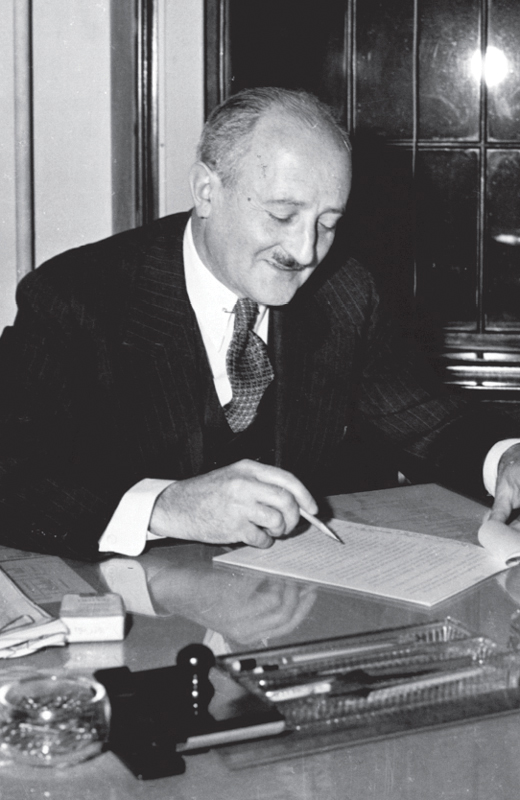
William Friedman, Head of the U.S. Army’s Signal Intelligence Service. (National Archives, Washington)
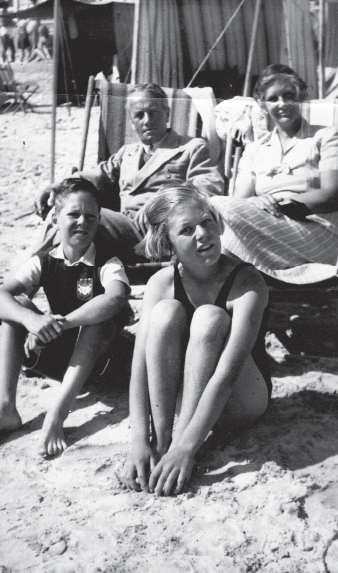
AGD and family on holiday during World War Two. (Denniston Family)
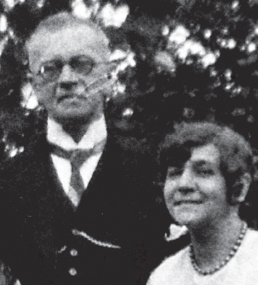
Ernst and Angelica Vetterlein. The veteran Russian cryptanalyst worked in Room 40 in World War One and for AGD’s Diplomatic Section in World War Two. (© Vetterlein Family)
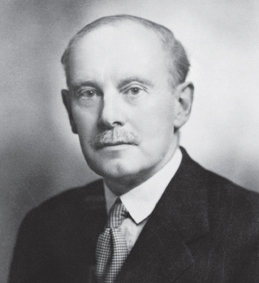
Sir Stewart Menzies. He succeeded Sinclair as Chief of SIS and remained in post until 1952. His relationship with AGD was at best cordial, eventually removing him from BP and ultimately, the intelligence service altogether. (Public Domain)

AGD having a rare moment of relaxation during World War Two. (Denniston Family)
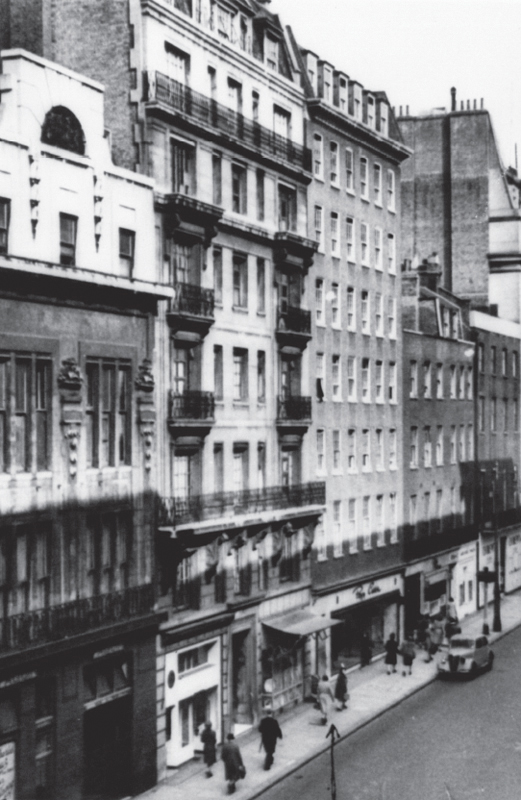
Berkeley Street, London headquarters of AGD’s Diplomatic and Commercial Section. The arrow was drawn on the photo by William Friedman. (National Archives, Washington)
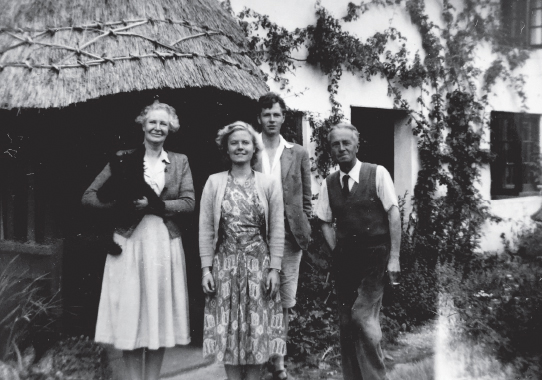
AGD, Dorothy, Robin and ‘Y’ Denniston outside the family home in Burley, circa 1947. (Denniston Family)
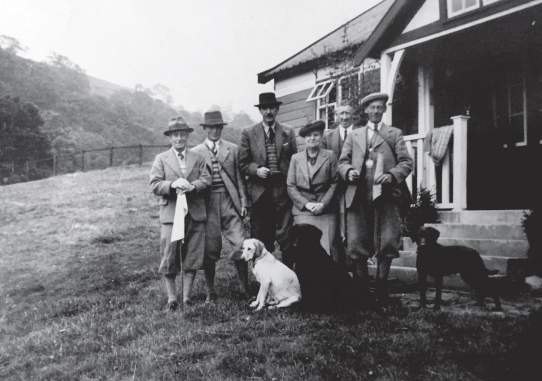
AGD (left) with a grouse hunting party in Upper Nidderdale, Yorkshire. He preferred to be a beater rather than shoot a gun. (Denniston Family)
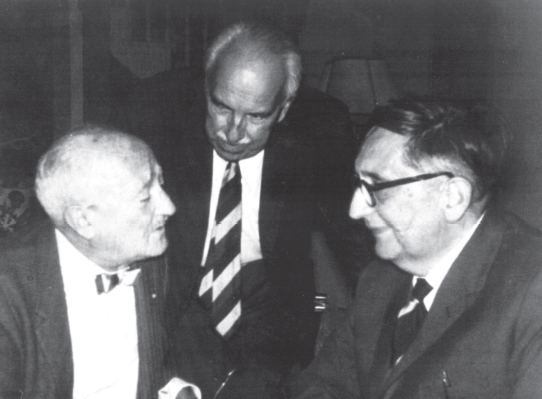
Three great Allied codebreakers in later life and friends of AGD until the end. Left to right they are William Friedman, John Tiltman and Josh Cooper. (Crown ©. Reproduced by kind permission of Director GCHQ)
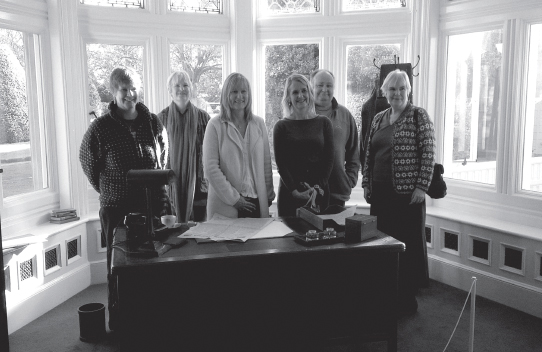
Members of the Denniston family at the opening of AGD’s restored office at Bletchley Park on 4 December 2013. (Author’s Collection)